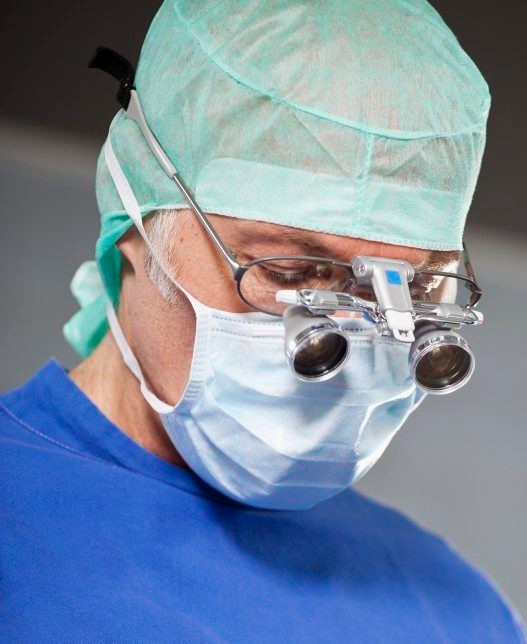I put my first mask on some sixty years ago. In my Medical School during cadaver dissection in anatomy class, the stench was difficult to tolerate. The mask was a status symbol then, and put me in the circle of health professionals. Later, during long open-heart surgery cases, it seemed to me that I spent more time with my mask on than having it off. During the pandemic, I still wear it when it is prudent to do so.
But recently, I realized how face-covering is changing the ways people communicate. And not always for good.
The face is the most powerful part of the body to relate one’s thoughts. With or without knowing it. Willingly or not. For my writing, I study how people respond, convey, try to impose their views, or force somebody to act a certain way by different, often very subtle changes in facial expressions. If interested, I will refer you to a recently read book by Janine Driver-You Can’t Lie to Me.
So, I was not surprised to learn that from the ancient times people covered their faces, and all for different reasons. The Pharaohs’ mummies were beautified with masks. Greek theater actors had different masks for the expression of joy and different for sorrow. During the times of the medieval plague, doctors wore masks, mainly to prevent from being infected by ‘miasma’, but also to counter the ‘evil smells’. We still use the practice of soaking the inner part of the mask with a plausible scent in the operating rooms when the odors are unbearable. During the Venetian carnivals, masks were used to hide one’s identity. It’s enough to read novels and plays about those times to learn how many shenanigans hid behind the masks.
And then there were hoods. Freed slaves wore the spiky hoods with opening for eyes in ancient Rome as a sign of emancipation. Medieval Inquisitors had them to hide their identity. 15th century noblewomen used it as a status symbol. Also, medieval executioners wore these, as were their victims. Both I suppose for different reasons. The headsman to hide his identity, the victim to hide his or her final facial expressions. Their association with the KKK in the United States is a relatively recent, and painful, addition to the history of this country.
For me, the human interaction is the highest, and most cherished form of my life. And face-to-face conversation is the most rewarding way how people communicate. Not a phone, not an email, not a letter, not even zoom. To have the most rewarding interaction, I want to see my interlocutor’s face. I would like to see happiness, dismay, sorrow, surprise, horror, just to start with. I would like to know if someone is lying. And for me, the most repulsing facial expression is the smirk of contempt-it’s a harbinger of death of the relationship.
And masks hide all these expressions.
And some people have troubles breathing while wearing a mask.
And some people have trouble understanding the other person’s speech.
Let’s not degrade our ways we communicate. Unless it’s a matter of life and death.


